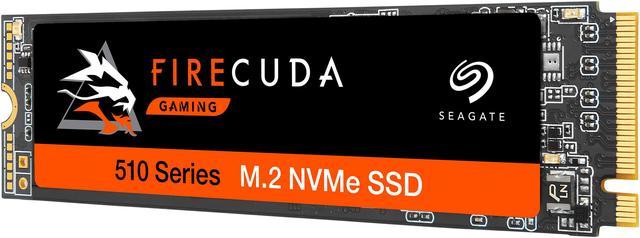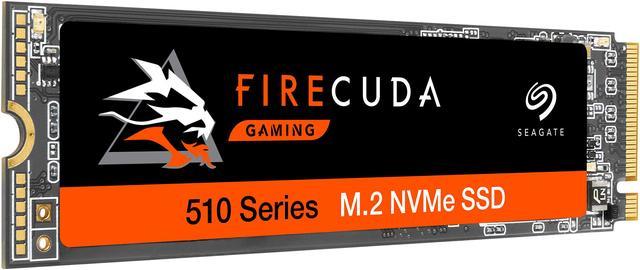| Features | NVMe PCIe Gen3 x4 interface unleashes the speed of NAND and delivers up to 6x faster performance than SATA SSDs
Blazing-fast sequential read/writes bring faster load times, faster program installations, and faster processing
Ultra-high random read/write IOPS translates to faster program response times and more responsive multiple program multitasking
Enhanced dynamic SLC cache with up to 28GB reserved provides longer bursts of data
1TB and 2TB capacities for the storage of huge files and games without the worry of maxing out your drive or partitioning
M.2 2280 form factor for massive speed and capacity in a compact package for installation in tight spaces, leaving room for other components
Top-tier endurance gives pro-level gamers peace of mind with MTBF of 1.8M hours
SeaTools SSD enhanced gaming tool with drive management and health monitoring so gamers can tune the drive to their performance needs |
|---|



